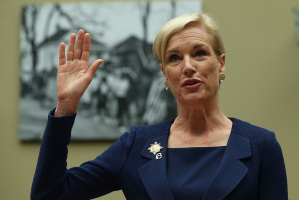Super Blue Blood Moon News: Rare Celestial Event Happening on Jan. 31
A rare spectacle of multiple lunar events is happening on January 31 as the second full moon of the calendar month will appear larger, brighter, and display a reddish-orange hue during a total lunar eclipse.
Astronomical experts claim that the so-called blue moon, the term used when a calendar month has two full moons, on January 31 is a rare occurrence. After all, the full moon will not only be subjected to a total lunar eclipse but will also be much bigger and brighter than the usual, otherwise known as supermoon.
As if a supermoon experiencing a total eclipse were not enough to cause a heavenly spectacle, the celestial body is also expected to display a reddish-orange hue, an occurrence dubbed as blood moon. According to NASA, this phenomenon is due to the indirect sunlight that reaches the surface of the moon, thanks to its passing through first the Earth's atmosphere.
"A lot of things are happening at once. It's a cool event," says Dr. Noah Petro, a planetary geologist at NASA's Goddard Space Flight Center.
Contrary to the claims that the rare combination of lunar events happening on January 31 last occurred more than 150 years ago, Wright and Fred Espenak, famed eclipse expert and retired NASA astrophysicist, said the total lunar eclipse during a super blue moon last happened on Dec. 30, 1982. This means that a super, blue, red moon total lunar eclipse last occurred 35 years ago.
In America, the rare sky phenomenon can be best viewed on the West Coast and in the middle of continental USA, only if those residing in the said areas wake up early. People on the East Coast, though, will be not as lucky as the others as the lunar eclipse's totality will happen when the sun is already rising and the moon is already setting.
However, people in Asia and Australia will have the best view of the rare sky occurrence.




























